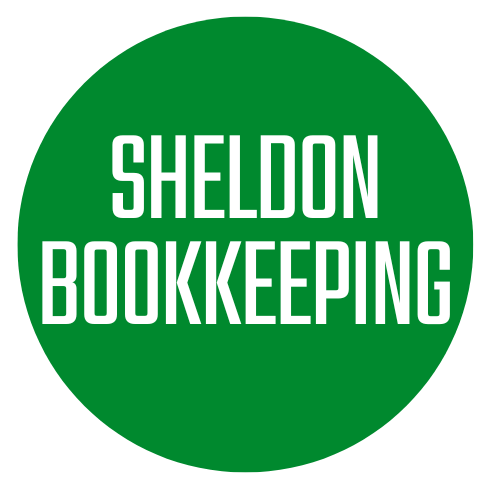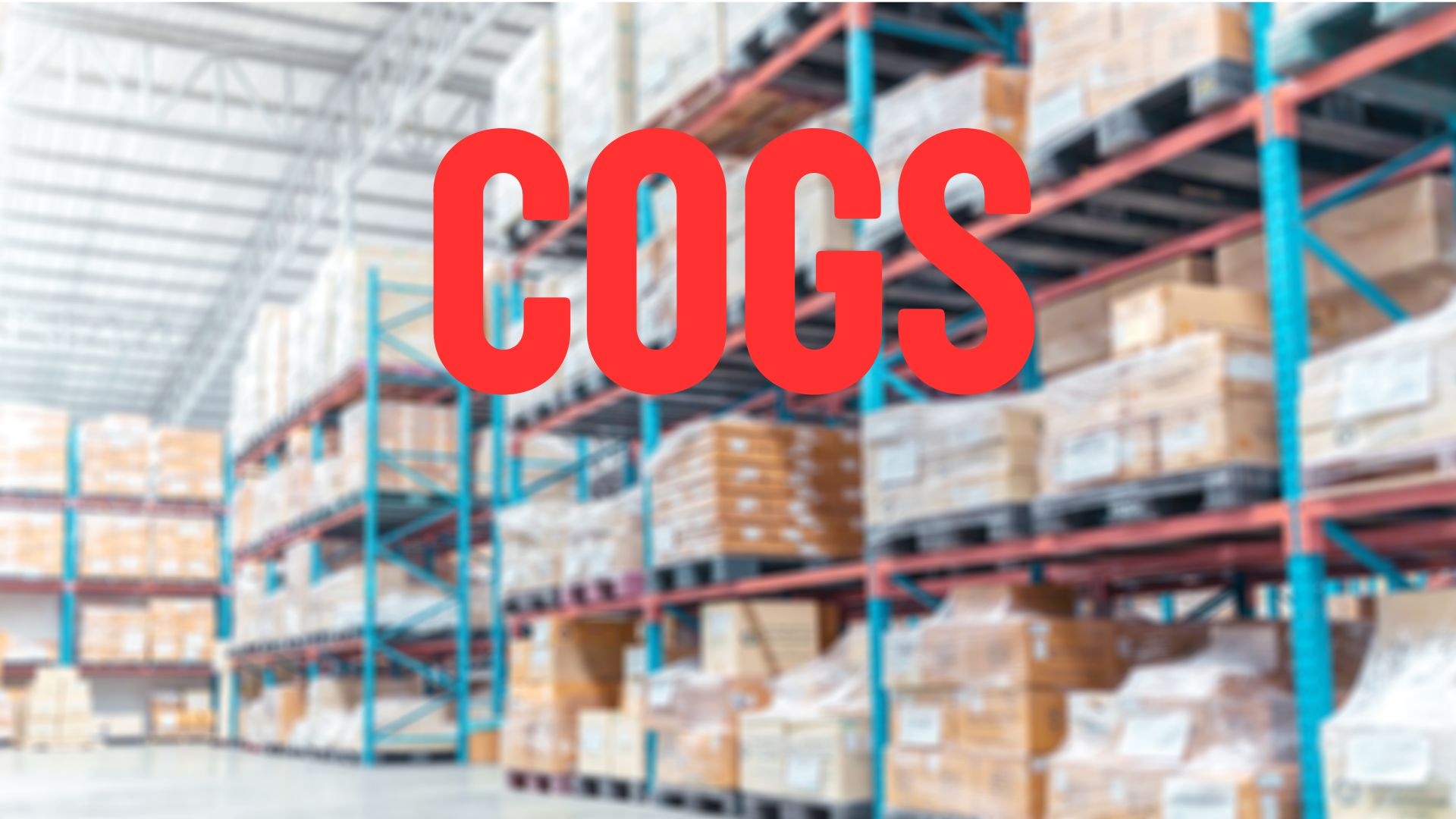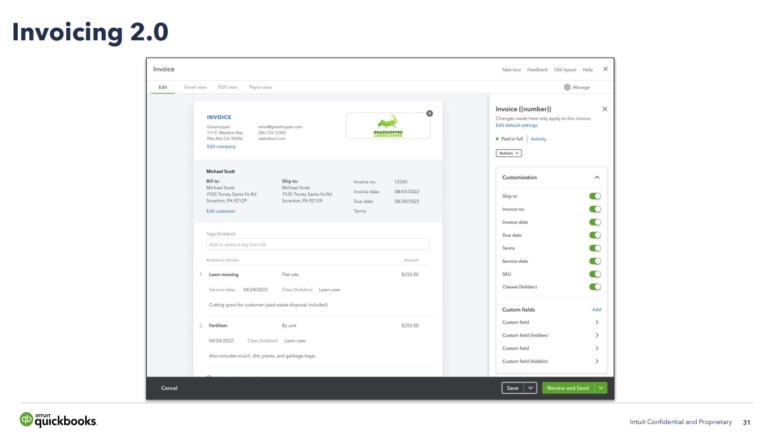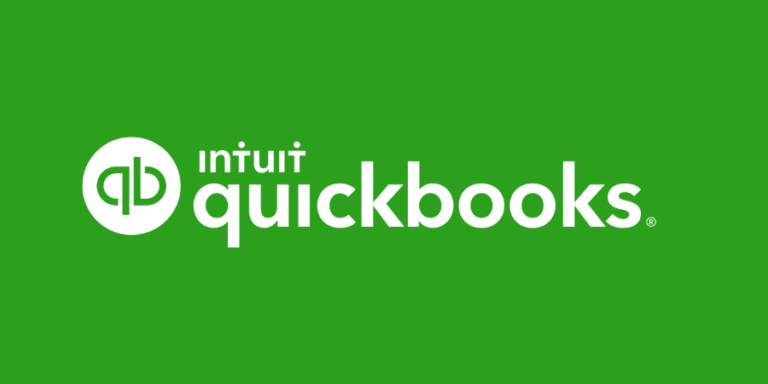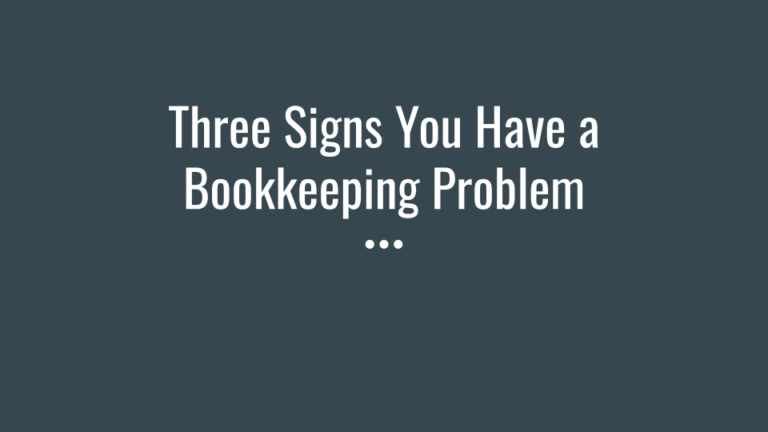If you’ve dipped your toes into the world of business, you’ve likely stumbled upon the term “Cost of Goods Sold” (COGS). It’s a critical number for any business, representing the direct expenses tied to making the products or services you sell. But here’s where things get interesting: how you handle these expenses depends on whether you deal with inventory or not.
What’s COGS Anyway?
COGS covers the basic costs involved in producing what you sell. It includes the price of materials, the wages of workers directly making your products, and other costs directly linked to production, like rent for the factory floor.
Inventory vs. No Inventory:
Here’s the deal:
- Inventory Method:
- How it Works: With this method, you only count the costs of the items you’ve actually sold. Anything sitting in your inventory gets treated like an investment until it’s sold.
- Why It’s Cool: It helps match expenses with the revenue they generate, giving you a clear picture of what you’re making.
- Big Picture: This method can make your profits look healthier since you’re not counting all your costs upfront.
- No Inventory, No Problem:
- How it Works: Say goodbye to stockrooms and hello to immediate expenses. Every cost, whether you’ve sold the item or not, gets counted right away.
- Why It’s Cool: It’s simple. No need to worry about tracking every widget; you just expense it and move on.
- Big Picture: This method can make your profits seem smaller upfront because you’re counting all your costs right away.
Choosing Your Adventure:
Picking between these methods isn’t about flipping a coin. Here’s what to consider:
- Do You Even Inventory?: If you’re in the business of physical goods, tracking inventory might be your jam. But if you’re offering services or selling digital products, the expense method might be more your speed.
- Keep It Simple: Small businesses might opt for the expense method for its simplicity. No need for fancy inventory systems when you can just expense everything.
- Playing by the Rules: Larger businesses might lean towards the inventory method for its adherence to accounting standards and its alignment with long-term goals.

Wrapping It Up:
COGS might seem like just another acronym to decipher, but it’s a crucial one for any business owner. Understanding how to handle your costs—whether you’re dealing with inventory or not—can help you make smarter decisions and keep your business on the path to success. So whether you’re counting widgets in a warehouse or tapping away at a keyboard, knowing your COGS is key to keeping your business in the black.
